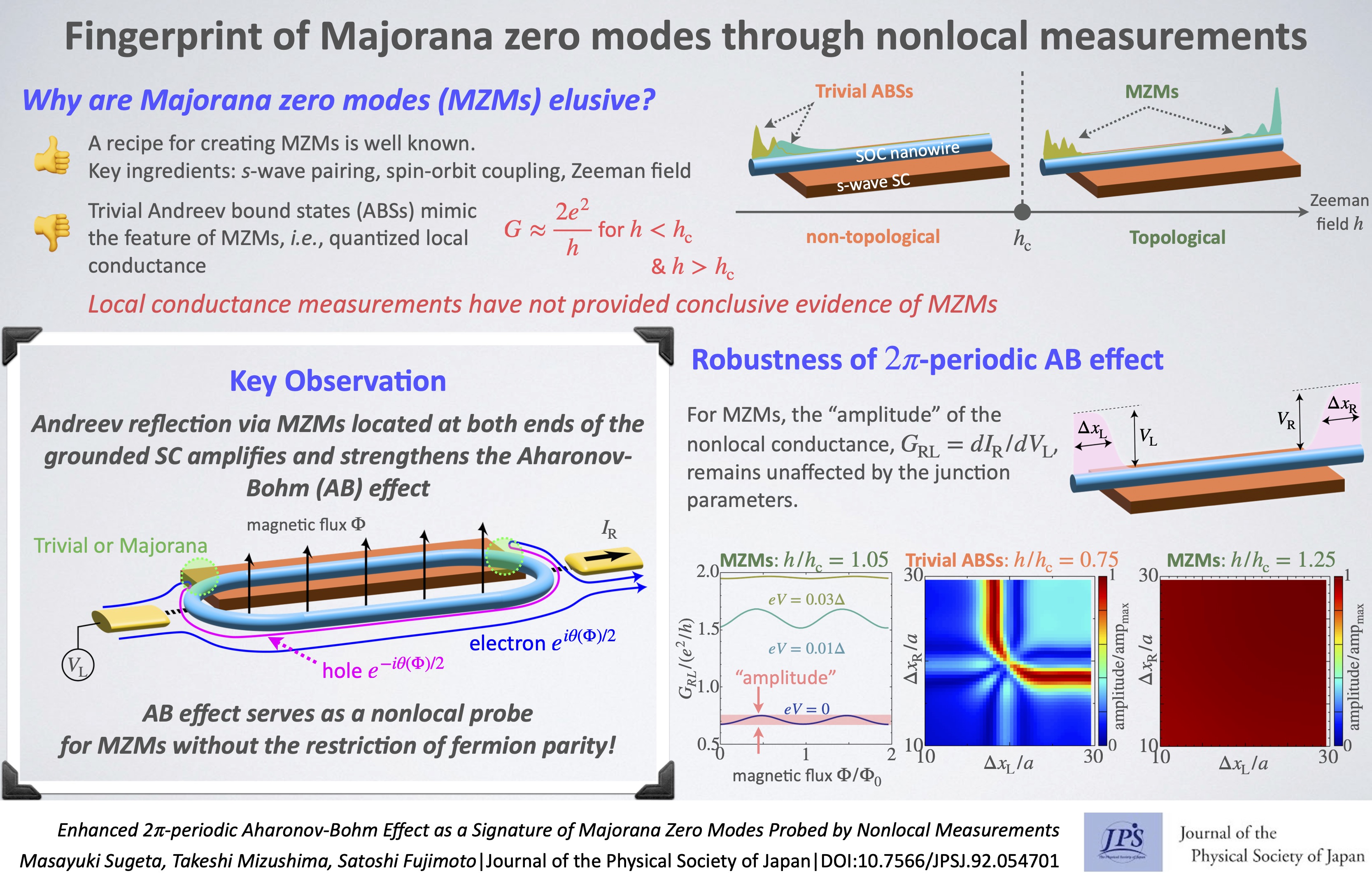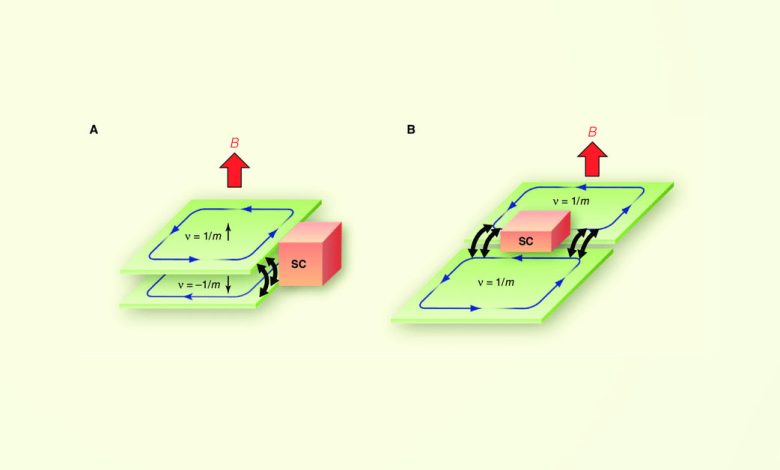Why in the News:
Microsoft researchers have achieved a significant milestone in the field of quantum computing by making progress in the creation of Majorana zero modes. These particles, which are their own antiparticles, possess remarkable properties that could revolutionize the field of quantum computing. This breakthrough has garnered attention due to the potential impact it could have on the development of more robust and powerful quantum computers.
What are Majorana Zero Modes:

Majorana zero modes are a type of particle that exhibit unique behavior in the world of physics. They are formed when two Majorana particles come into close proximity and combine to create a special particle known as a Majorana zero mode. What sets these particles apart is the fact that they are their own antiparticles. Unlike conventional particles that have separate antiparticles with opposite properties, Majorana zero modes exist as self-contained entities.
Advantages and Potential Benefits:
The discovery and utilization of Majorana zero modes offer several advantages for quantum computing:
-
Enhanced Stability: Majorana zero modes provide increased stability for qubits, which are the basic units of information in quantum computing. Even if one component of a bound state is disturbed, the qubit as a whole can remain protected and retain its encoded information.
-
Topological Quantum Computing: Majorana zero modes enable topological quantum computing, a unique approach that leverages non-Abelian statistics. These statistics introduce an additional degree of freedom, allowing algorithms to produce different outcomes based on the order in which steps are performed. This has the potential to significantly enhance computational capabilities.
Other Key Points and Findings:
To generate Majorana zero modes, scientists have been exploring different setups, such as topological superconductors. However, confirming their existence remains challenging, as their effects on surrounding materials can only be indirectly inferred.
Recently, Microsoft researchers made significant progress in this field by engineering a topological superconductor using an aluminium superconductor and an indium arsenide semiconductor. Through rigorous measurements and simulations, their device passed a stringent protocol, indicating a high probability of hosting Majorana zero modes. The observation of conductance peaks and adherence to the topological gap protocol provided strong evidence for the existence of Majorana zero modes in their system.
Majorana zero modes have been a subject of research for over two decades, and their unique characteristics make them highly promising for the advancement of topological quantum computing. While experimental confirmation is still pending, the recent breakthrough by Microsoft researchers brings us closer to harnessing the potential of Majorana zero modes in quantum computing applications.
What is Quantum Computing?

- Quantum computing utilizes phenomena in quantum physics for computational purposes.
- Quantum physics explains atomic and subatomic level behaviors of energy and matter.
- Unlike classical computers, quantum computing involves qubits that can exist in multidimensional states.
- The power of quantum computers grows exponentially with more qubits, unlike linear growth in classical computers.
Capabilities of Quantum Computing
- Quantum computing can explore vast possibilities and extract potential solutions to complex problems.
- The basic properties of quantum computing are superposition, entanglement, and interference.
Superposition
- Quantum systems can exist in multiple states simultaneously.
- Example: A coin in mid-air can be both heads and tails until it lands.
- Before measurement, electrons exist in quantum superposition.
Entanglement
- Entangled qubits exist in a single quantum state.
- Changing the state of one qubit instantaneously changes the state of the other, even at large distances.
- Einstein referred to this phenomenon as “spooky action at a distance.”
Interference
- Quantum interference allows elementary particles (qubits) to be in multiple places simultaneously.
- Individual particles, such as photons, can cross their own trajectory and interfere with their path direction.
Find More Miscellaneous News Here







 States and Capitals - How Many States in...
States and Capitals - How Many States in...
 Weekly Current Affairs One Liners 21st t...
Weekly Current Affairs One Liners 21st t...
 Top-10 Countries that Drink Most Coffee ...
Top-10 Countries that Drink Most Coffee ...

